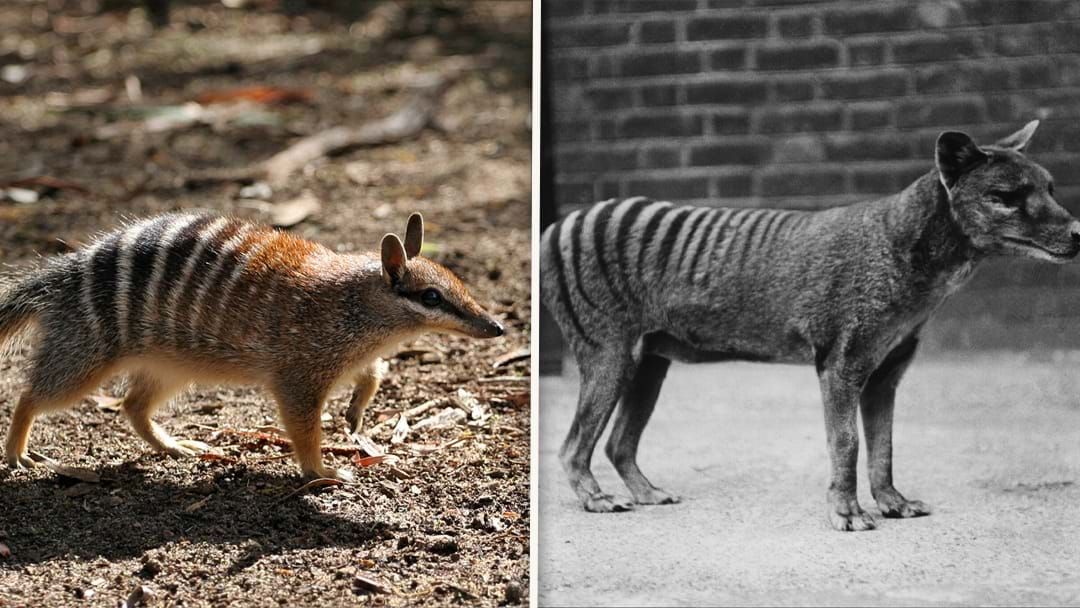Breakthrough DNA Sample Could Help Revive Tassie Tigers
Could the species return?

The Tasmanian Tigers closest known relative could be the missing piece of the puzzle that brings the rare species back.
Australian scientists have mapped the genome of the Numbat, which were also on the brink of extinction last century.
The Numbat species once roamed across southern Australia, and now there are less than 1000 left in the wild.
While considered an endangered species, Perth Zoo is the only known place to breed the Numbat in captivity.
The University of Western Australia’s (UWA) DNA Zoo were able to provide a blood sample that will assist in reviving the Tassie Tiger.
"The termite-eating numbat is one of the thylacine’s closest living relatives, sharing a common ancestor around 35 million years ago," DNA Zoo director and associate professor Parwinder Kaur said.
"Both these enigmatic creatures have stripes, but that’s not where the similarity ends – as much as 95 per cent of their DNA may be identical.”

Scientists also say the genome map will help better understand the evolution of Numbats, safeguarding them into future generations.
Incidentally, the Numbat is Western Australia's animal emblem.
"Western Australia is a biodiversity hotspot with some of the most unique wildlife in the world," WA Environment Minister Reece Whitby said.
"This wildlife needs to be understood and protected, and the partnership between Perth Zoo and DNA Zoo will help to achieve this."
Get the latest breaking news from SCA newsrooms around Australia. Short, simple and everything you need to know.